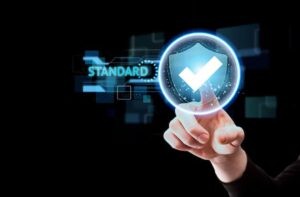Introduction:
CSMS audits are essential for evaluating and ensuring the effectiveness of cybersecurity processes and systems within automotive organizations. They are particularly important in 2025 due to the increasing reliance on software and connectivity in modern vehicles.
1️⃣ Understanding the Concept
- A CSMS audit assesses an organization’s cybersecurity practices and systems.
- It ensures compliance with standards such as UNECE R155 and ISO/SAE 21434.
- It fits into the broader automotive cybersecurity landscape by verifying that security measures are effectively implemented and maintained throughout the vehicle lifecycle.
2️⃣ Challenges & Risks
- Cybersecurity threats pose risks to vehicle safety, data privacy, and operational integrity.
- Insufficient CSMS can lead to non-compliance with regulations.
- Vulnerabilities in the supply chain can be exploited.
3️⃣ Best Practices & Solutions
- Align processes with UNECE R-155 and ISO/SAE 21434 requirements.
- Conduct regular internal audits and risk assessments.
- Implement a CSMS that covers all stages of the vehicle lifecycle.
4️⃣ Tools & Technologies
- Utilize audit checklists and standardized questionnaires for assessment.
- Employ automated tools for continuous monitoring and compliance.
5️⃣ Future Trends & Industry Outlook
- Increasing regulatory scrutiny and enforcement of cybersecurity standards.
- Greater emphasis on supply chain security and third-party risk management.
- Integration of AI and machine learning in CSMS for proactive threat detection.
Conclusion:
CSMS audits are crucial for automotive organizations to ensure regulatory compliance, mitigate cybersecurity risks, and protect against evolving threats. Proactive measures and continuous improvement are essential for maintaining a robust cybersecurity posture.




